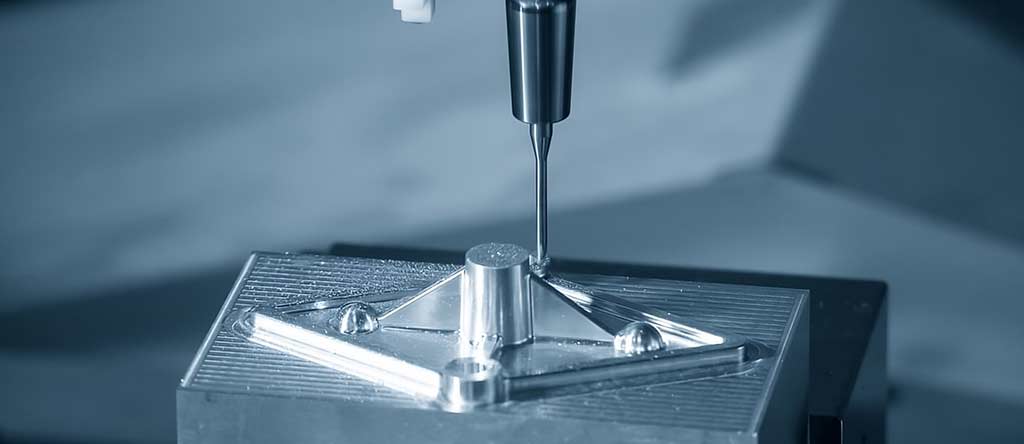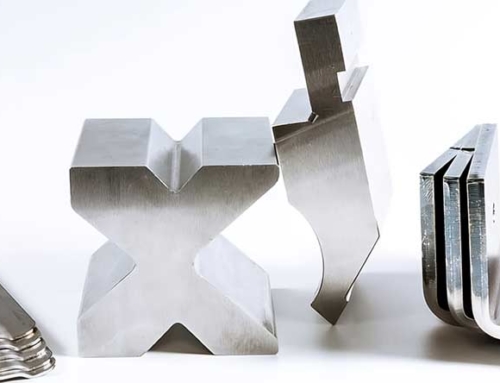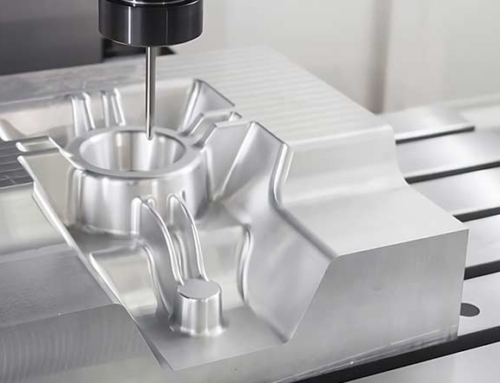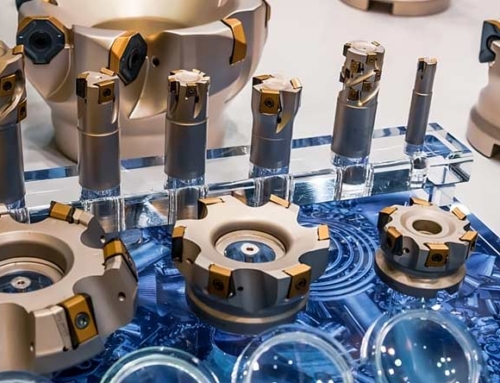CNC machining is one of the most revolutionary advancements in modern manufacturing. It has transformed industries by enabling precise, efficient, and automated production of components from aerospace and automotive to medical and consumer electronics. Whether you are new to CNC machining or looking for a deeper understanding, this guide will walk you through what it is, how it works, and why it is so widely used.
Understanding CNC Machining
CNC (Computer Numerical Control) machining is a manufacturing process that utilizes pre-programmed computer software to control machining tools and equipment. Unlike manual machining, where operators physically control tools, CNC machining automates the process, ensuring greater precision and repeatability. The process can be applied to various types of machinery, including lathes, mills, routers, and grinders.
The key component of CNC machining is its ability to follow a set of coded instructions, typically written in G-code, which tell the machine how to move, cut, and shape materials. This automation reduces human error and allows manufacturers to produce complex parts with tight tolerances. CNC machining is used to cut, drill, engrave, bend, and shape various materials, including metals, plastics, composites, and wood.
How CNC Machining Works
CNC machining follows a multi-step process that ensures precision and efficiency. Below is an overview of the primary steps involved in CNC machining:
- Designing the Part
The first step in CNC machining is designing the part using CAD (Computer-Aided Design) software. Engineers create a digital 3D component model, specifying dimensions, material requirements, and tolerances. This design is crucial because it serves as the blueprint for machining.
- Converting the Design into G-Code
Once the design is complete, it is converted into CNC-compatible instructions using CAM (Computer-Aided Manufacturing) software. This software generates G-code, a programming language that provides precise instructions on how the CNC machine should move, what cutting paths to follow, and how deep or fast it should cut.
- Machine Setup
The CNC machine must be correctly set up before production begins. This includes installing the correct tooling, securing the raw material (workpiece), and calibrating the machine to ensure proper alignment. Operators may also run a test program (dry run) to check for potential errors before executing the whole production cycle.
- Machining Process Begins
Once everything is in place, the CNC machine executes the programmed commands. Depending on the type of machining process required, the machine may perform various operations such as:
- Milling – Uses rotary cutters to remove material and shape the part.
- Turning – Involves rotating the workpiece while a cutting tool shapes it.
- Drilling – Creates holes of varying diameters and depths.
- Cutting – Uses laser, plasma, or water jets to slice through materials.
- Engraving – Etches patterns, logos, or text into the material.
Each process is exact, ensuring consistency across multiple parts.
- Quality Inspection and Finishing
After machining, parts undergo inspection using measuring tools such as calipers, micrometers, and coordinate measuring machines (CMM) to ensure they meet specifications. Depending on the project, additional finishing processes such as polishing, anodizing, or coating may be applied to enhance durability and aesthetics.
Why CNC Machining is Essential in Manufacturing
- CNC machining has become the backbone of modern manufacturing due to its numerous advantages:
- CNC machines can produce components with incredibly tight tolerances, often within microns. This level of accuracy is essential in industries where even minor deviations can compromise product performance.
- Since CNC machines operate automatically, they can run continuously with minimal human intervention. This allows for faster production rates, reducing lead times and increasing output.
- Unlike manual machining, where each part may have slight variations, CNC machining ensures that every part produced is identical. This consistency is crucial for mass production in industries such as automotive and aerospace.
- CNC machines can work with various materials, including aluminum, stainless steel, titanium, plastics, and composites. This flexibility makes them suitable for diverse applications.
- While the initial setup of CNC machining may be expensive, it significantly reduces long-term production costs. Automation minimizes labor costs, material waste, and rework due to errors, leading to overall cost savings.
- CNC machining allows manufacturers to create intricate and complex designs that would be impossible or extremely difficult to achieve manually. Advanced CNC machines can produce multi-axis movements, enabling the creation of highly detailed components.
- CNC machining is a game-changer in modern manufacturing, offering precision, efficiency, and versatility. Automating machining processes reduces human error, ensures consistency, and enables the production of complex parts with high accuracy. Whether used in aerospace, medical, automotive, or consumer industries, CNC machining continues to drive innovation and improve manufacturing capabilities.
Partnering with an experienced provider can make all the difference for businesses looking for reliable CNC machining services. With state-of-the-art equipment and skilled engineers, CNC machining ensures that products meet the highest quality and performance standards.




